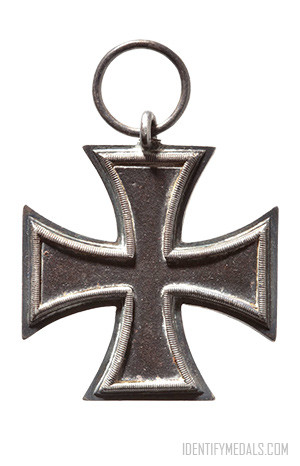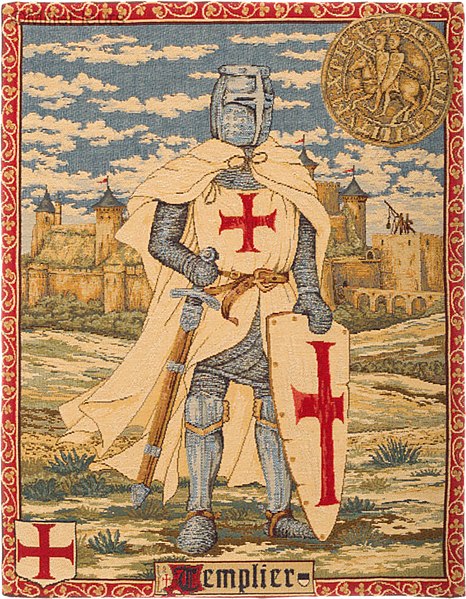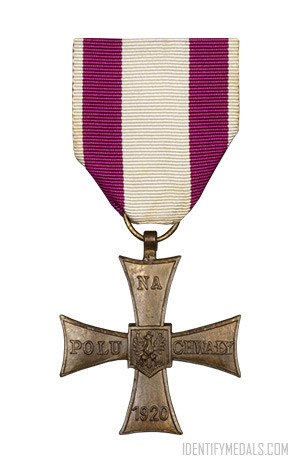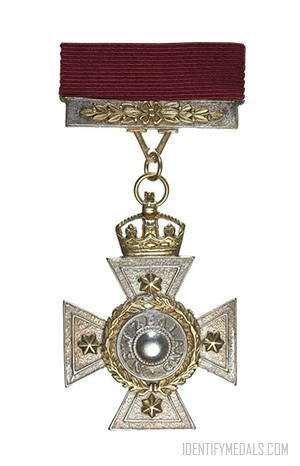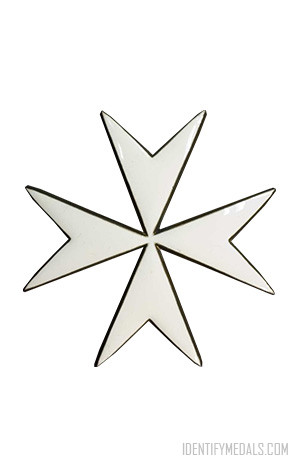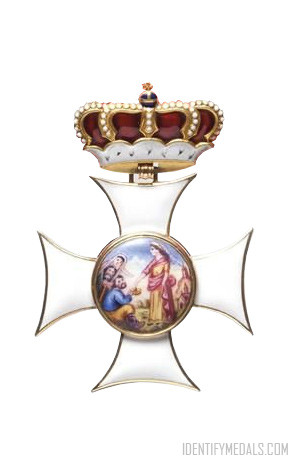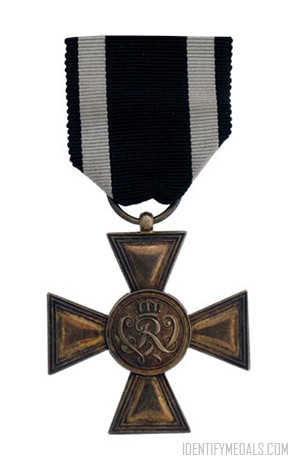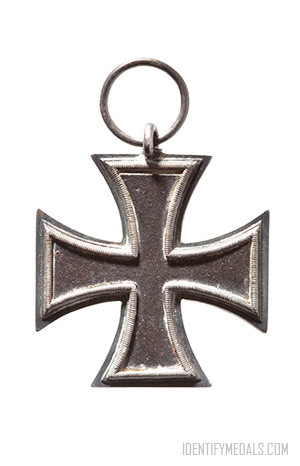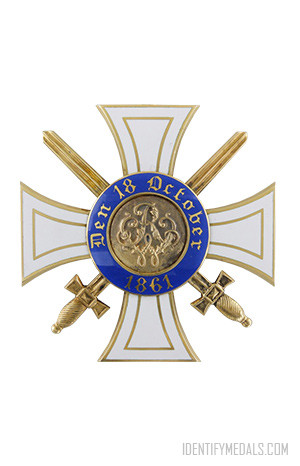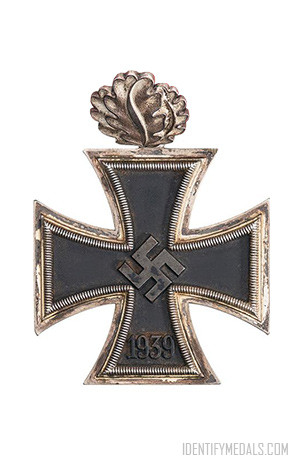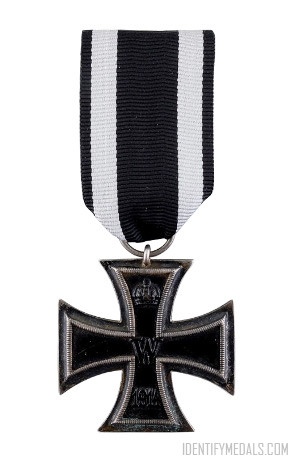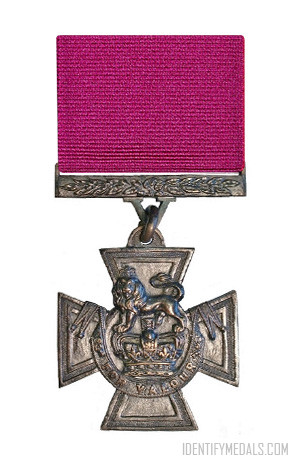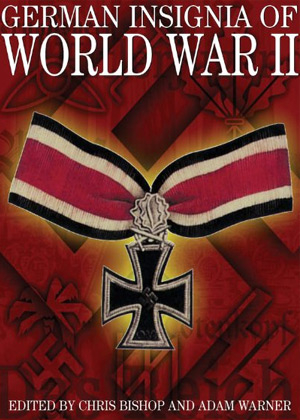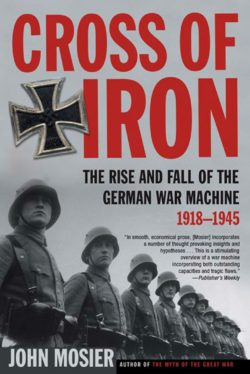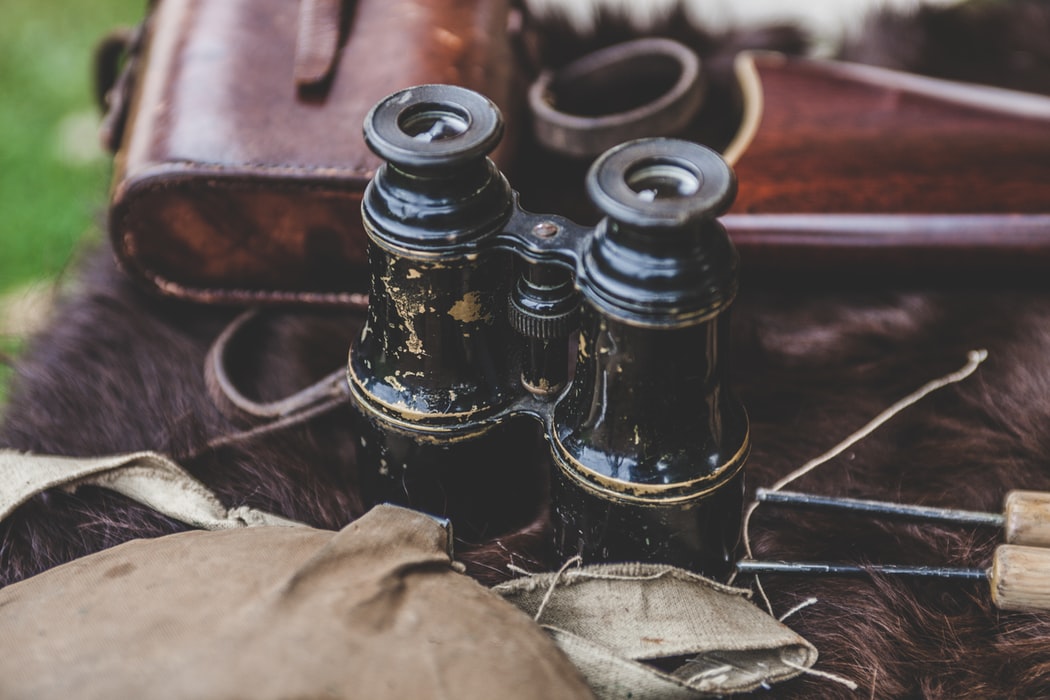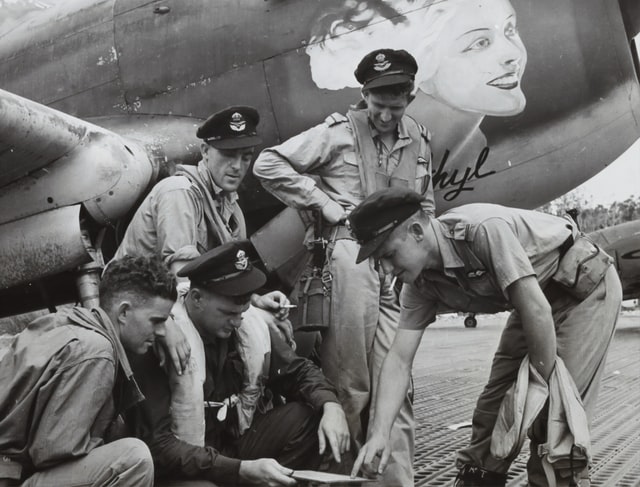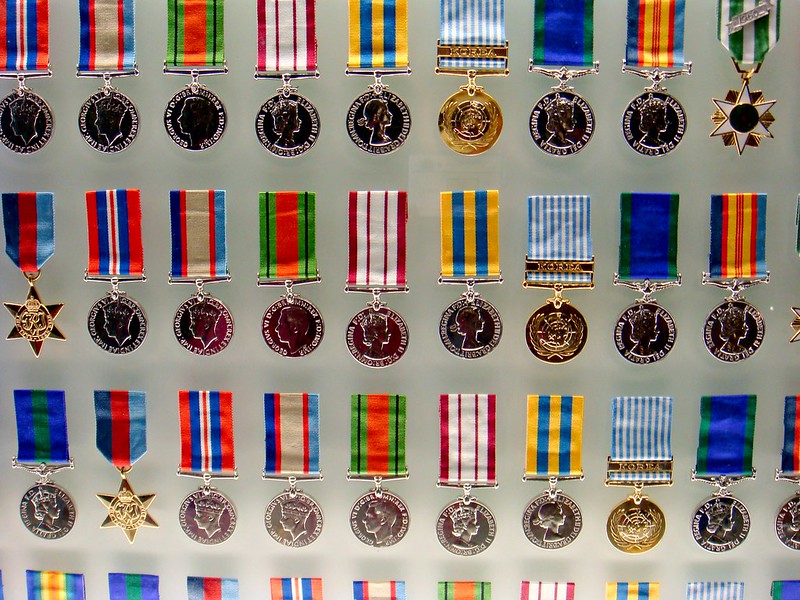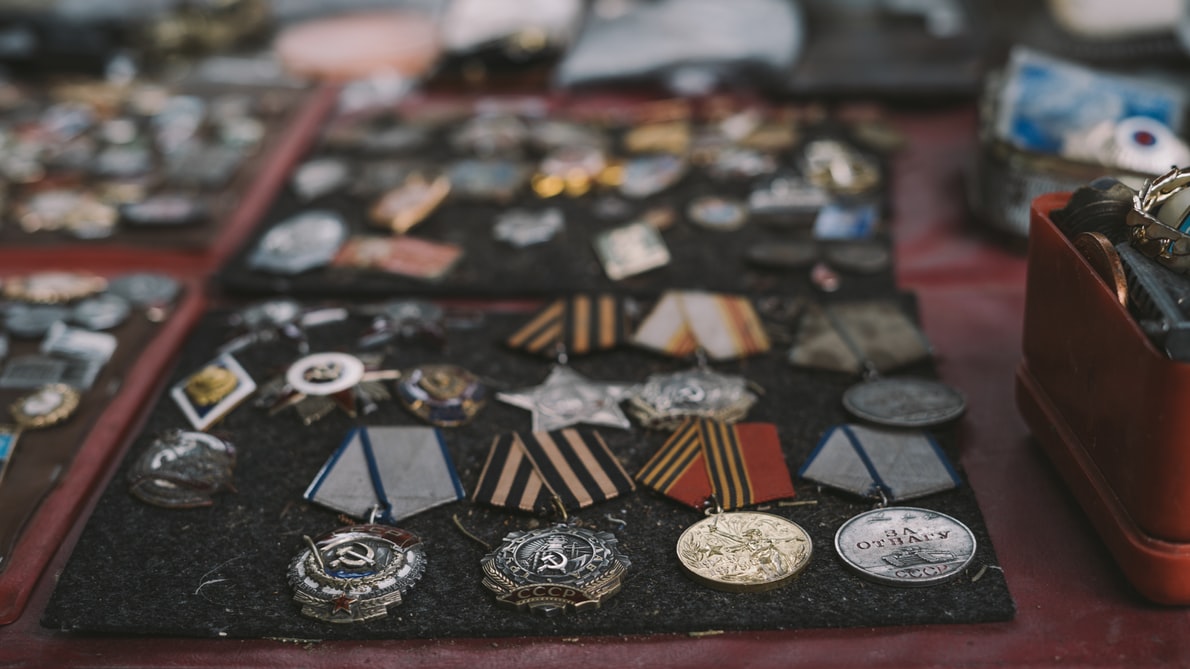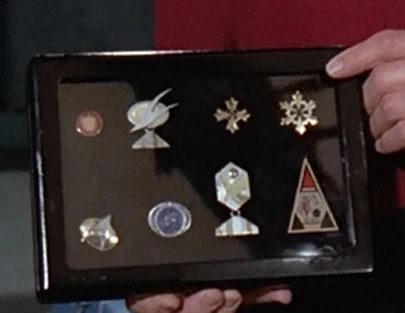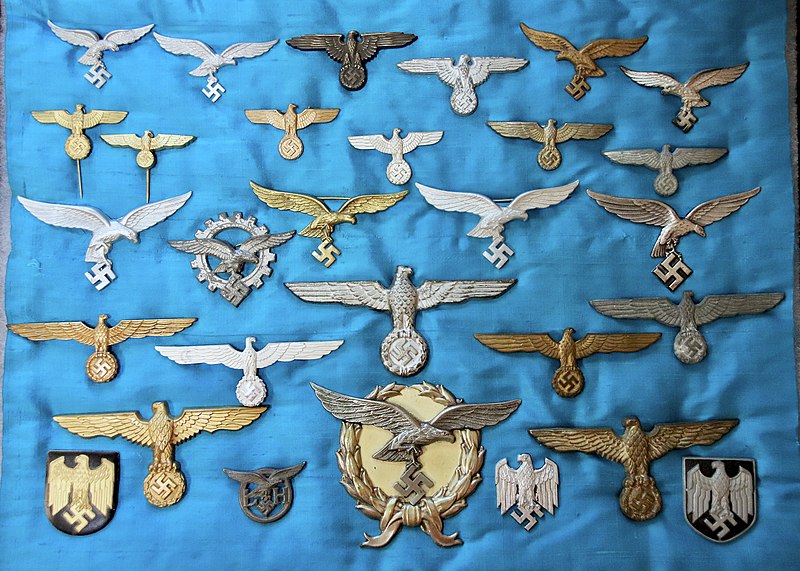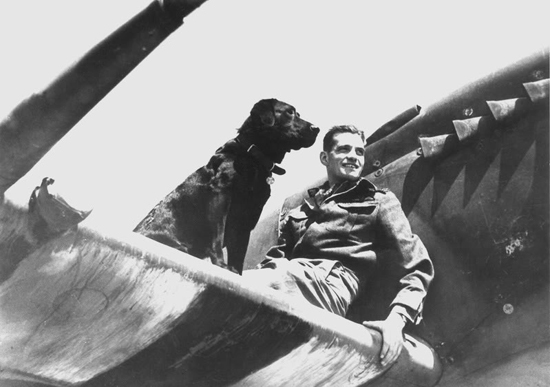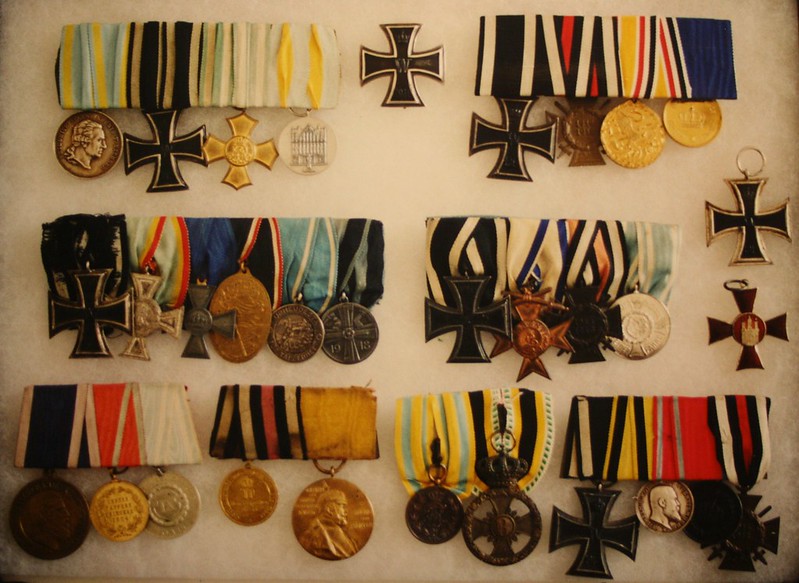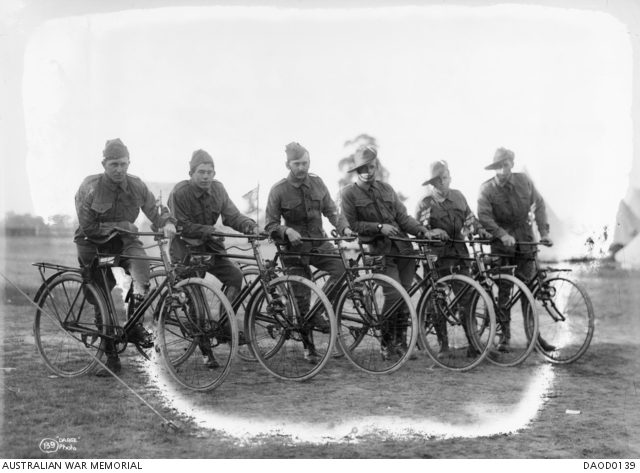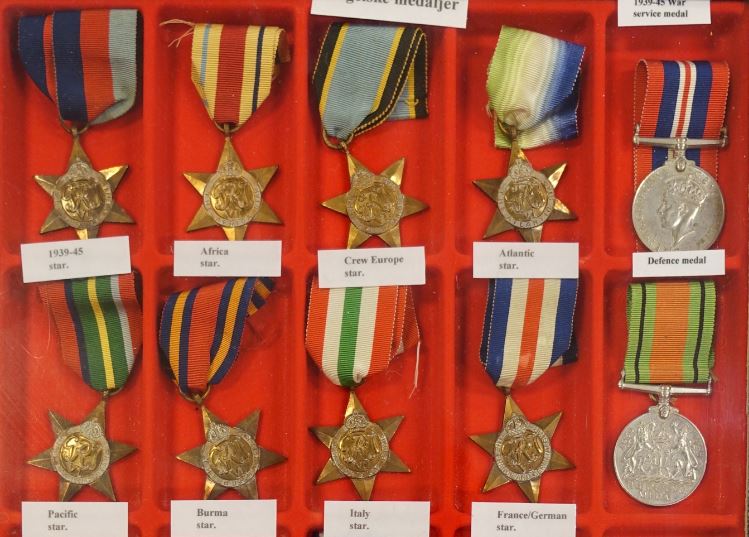Many military medals and awards are shaped like a cross with four arms that get narrow towards the center. This is called a cross pattée, and it’s a type of Christian cross that appears in early medieval art. But why is this such a popular shape when it comes to military medals? In this article, we will explore where the cross pattée shape comes from, and how it was used throughout history for military awards and more.
What is a Cross Patée and Where Does it Come From?
A cross pattée (or cross patty, cross formée/formy, croix pattée or Tatzenkreuz) is a type of cross that has arms that narrow at the center, and usually flare in a curve or straight-line shape to become broader at the perimeter. The name comes from a French adjective meaning, literally, “footed cross” (patte means foot, usually of an animal).
The form appears for the first time (recorded) in early medieval art. For example, there is a treasure binding given by Queen Theodelinda (d. 628) to Monza Cathedral that features it in metal. There is also an 8th-century gospel cover (Lindau Gospels) in the Morgan Library displaying a cross pattéee.
Variants of the Cross Pattée
There are several variants of the cross pattée. Some have concave arms, others less curvature. Some add a sharp point to the lower limb, and others have arms so large they come close to filling a square. Some common variations include:
Symbolic Meaning of the Cross Pattée
The cross pattée has been associated with religion, with philosophy, and with the military. For example, it has been used as:
- A Symbol of Valor: Representing honor and dignity since the Middle Ages. For example, in Britain, the Victoria Cross is still the most prestigious award for members of the British Armed Forces.
- A Symbol of Christianity: First used by the Templar Knights and Teutonic Knights, both of which are military orders. The fact that they were religious contributed to the pattée cross still being used in many religious orders.
- A Symbol of Nationality: As one of the earliest heraldic designs and an emblem of nationality still used by armed forces to decorate vehicles, aircraft, and publications.
Historical Uses of the Cross Patée
The cross pattée has been used in a variety of contexts. For example, the Teutonic Knights used it as a Crusader order – wearing the emblem as a plain straight black cross on a white field. King Frederick William III of Prussia also used a cross pattée as a decoration for military valor. Today, the cross is still used widely; for example, as a traditional Royal Symbol in Canada, the coat of arms of various French communes, the flag of Georgia and Montenegro, and many instances of Portuguese heraldry among many others.
The Cross Patée and the Crusades
The Crusades were a series of religious wars fought between Muslims and Christians from the year 1096 until 1291. The symbol was used by Christian military orders such as the Teutonic Knights and Templar Knights as they protected European travelers to the Holy Land. The Templars used white robes marked with a red cross. Although this was a cross pattée, there was no single style used. The knights adopted several variations.
The Cross Patée in Prussia and the German Empire
After the Knights Templars were dissolved as an order, the insignia became insignificant. In 1813, the cross pattée rose in popularity again when King Frederick William III began to use it as a symbol of military valor. He created the Iron Cross (EK 1813) as a military award for service in the Prussian War of Liberation. The medal was revived by William I (the first German Emperor) in 1870 for the Franco-Prussian War.
The Cross Patée in the World Wars
The Prussian and German Imperial military used a cross pattée cap badge, especially the Andsturm and Landwehr troops (this distinguished them from other armies). Iron Crosses (EK 1914) were given until the end of the Great War. In 1939, Adolf Hitler revived the emblem once more, but incorporated the swastika symbol into the Iron Cross (EK 1939), at the center of the cross pattée insignia.
The Cross Patée in Military Medals
These are some of the military medals and orders that use the cross pattée shape for their insignia:

